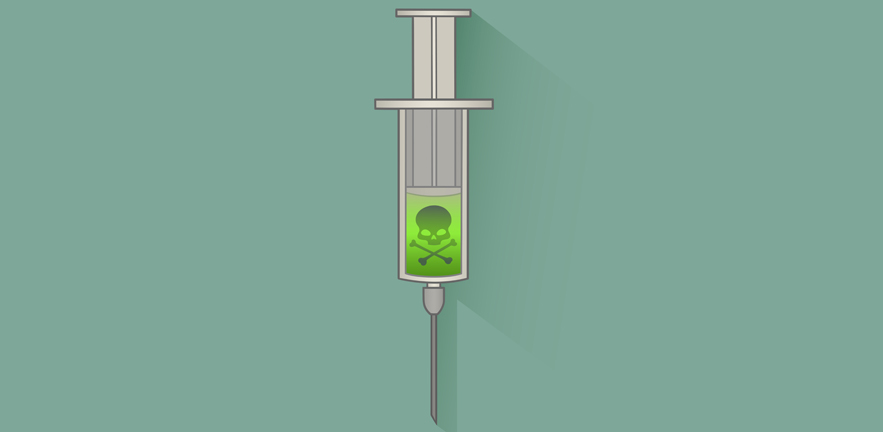
Social innovations come in all kinds of shapes and sizes but they are rarely black and white. Despite the positive intention behind them, they sometimes end up being used counter to their purpose. The good news is that under two circumstances activists are likely to succeed in righting this wrong.

Anaesthetising the social?
Anaesthetics are a case in point. Such drugs are intended to relieve patients’ pain during surgeries and examinations. However, various US states employ them to render inmates unconscious when administering the death penalty. As a result, an innovation intended to extend and improve life ends up helping to destroy it.
The use of innovations for purposes that are at odds with their social intention is widespread. For example, harnessing nuclear technology was supposed to provide a peaceful source of energy. It also brought the capability to cause unimaginable destruction.
The good news is that resistance to the misuse of social innovations is not futile.
Resistance is not futile
Fighting misuses can make a vital difference. For example, the opponents of the death penalty have targeted the medical actors, whose complicit role in executions is in direct opposition to their raison d’être. Regardless of what one thinks about the death penalty itself, the provision of drugs for executions arguably violates the duty of medical practitioners to help, rather than harm, their patients.
Sustained campaigns against the death penalty have led to tangible results: Since 2011, various pharma firms, such as Lundbeck of Denmark and Hospira of the US, have blocked the use of their anaesthetics for executions.[1] Indeed, in 2011 Hospira discontinued a key product for this purpose.
As pharma firms have refused to supply anaesthetics, US states have had to resort to compound pharmacies. These more lightly regulated organisations combine ingredients at their location to create specific drugs. Despite being more opaque, they have not been immune to activist pressure either. In March 2015, a main industry body finally gave in to activist demands and officially “discouraged” its members from providing drugs for executions.[2] Ostensibly, activists are progressing in preventing the misuse of an important social innovation.
Two conditions conducive for activist success
This episode is not a fluke. Far from it; it fits two main conditions that new research has identified as particularly conducive for activists to succeed in stopping controversial practices.[3]
The first condition is that a large organisation engages in a controversial practice that is only a small part of its overall activities. Pharma firms and pharmacies make a minuscule proportion of sales with drugs for executions.
The second condition is that activists point out this infraction, with help from the media, and cause disproportionate public relations damage to the actor. By bringing pharma firms and pharmacies into severe disrepute for facilitating executions, activists have raised the stakes.
The combination of these two conditions is a dangerous cocktail for organisations, forcing them to act. By stopping controversial practices, as the case of anaesthetics for executions shows. As a result, innovations can deserve the label “social” once again and serve society, rather than harm it.
References
[1]. “Mylan faces investor pressures over use of drugs in US executions“, Financial Times, 19 Oct 2014 (subscription only)
[2] “IACP adopts position on compounding of lethal injection drugs“, IACP.org, 24 March 2015
[3] Piazza, A. and Perretti, F. (2014) “Categorical stigma and firm disengagement: nuclear power generation in the United States, 1970–2000“, Organization Science


Leave a Reply